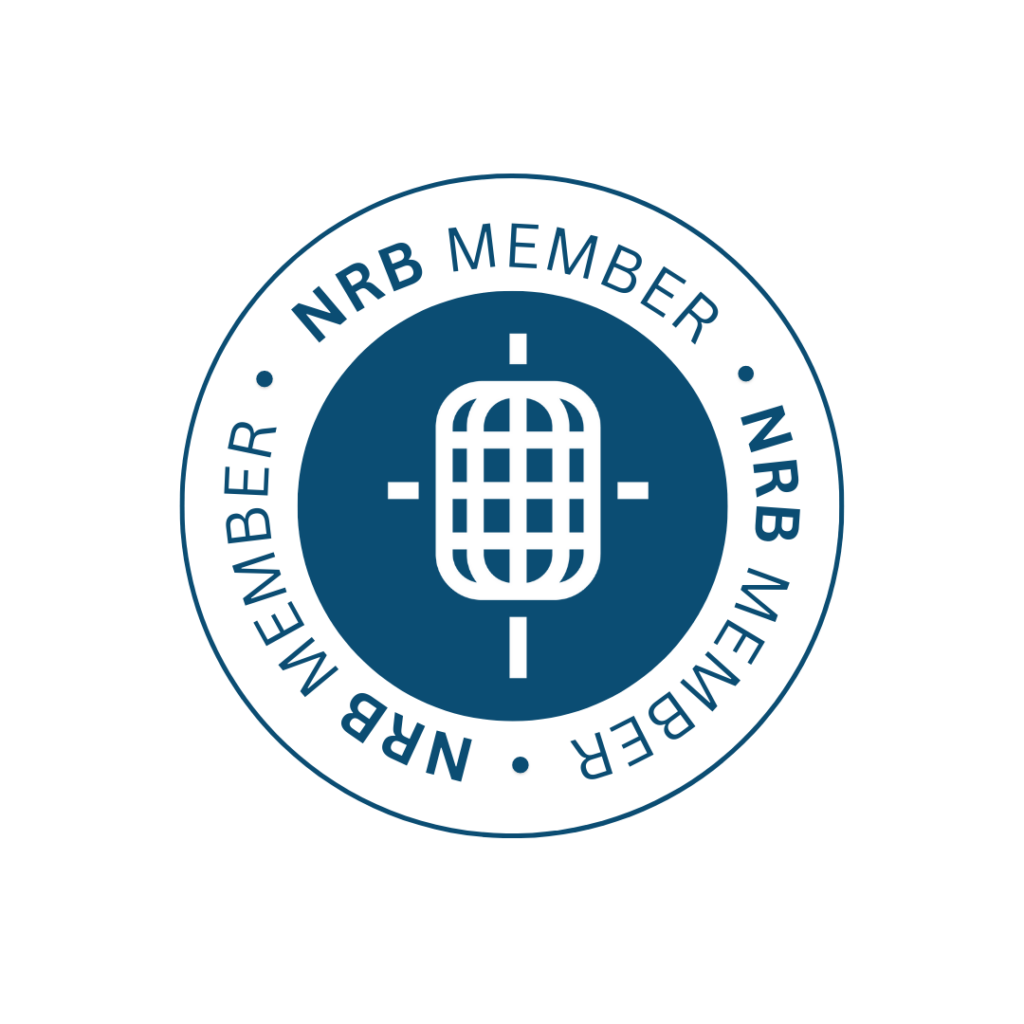Building an Integrated, Multichannel Campaign
To the average person standing in line next to you at the grocery store, the title of this article could be quite confusing. Just look at the words:
- Integrated: Perhaps the antecedent to racial reconciliation?
- Multichannel: Having to do with your television or Pandora
- Campaign: What politicians do
Conversely, to anyone involved in marketing or fundraising, it not only makes sense, but it is a part of the daily vocabulary for those on the forefront of their craft.
For the Cold War generation, we witnessed the advertising world’s increased use of billboards, cab backs, newspapers, radio, television, magazines, blimps, and large murals on buildings all proclaiming the arrival of IBM’s Personal Computer. We saw the great mouthwash wars of Scope and Listerine, the ongoing struggle for dominance of Coke and Pepsi, and a myriad of other consumer products played out before us in and on ANYTHING that could carry a message.
For those of us born into a world of Mac versus PC, Blackberry versus iPhone, we may have just accepted that integrated, multichannel campaigns were simply all part of the world in which we live. We learned to use social media at the same time that we learned to walk and talk.
Now we all find ourselves working side by side in ministries, in need of getting out our message and funding it with donated dollars; different generations, all in the same work force, sharing the same passion for our ministry but perhaps with radically different ideas about how to communicate.
Regardless of our generational origins or personal context, we all live in a world that offers more communication channels now than at ANY time in history. That’s a pretty challenging reality if you take a moment to ponder it. Equally challenging is the responsibility of discerning the most useful ways to engage people with the message of your ministry.
All Channels Are Not Created Equal
If we were to set out to use the many channels available to us, and we desired to be highly discerning, making certain that biblical stewardship principles guided our journey, there are many principles we would need to know. The overarching principle would have to be: We are, for a fact, using every channel available to us, in the most impactful way. And just as every channel is unique, so is every ministry and its use of the channels available to them.
Because we are driven by a desire for excellence in the name of the Master, we don’t have the luxury of guessing, or assuming. We simply have to KNOW what channel should be used for what purpose. It’s my deepest desire to provide you with enough insight to increase your knowledge so that you can experience success in building an integrated, multichannel campaign.
Step #1:
It’s my experience that in building a campaign we must rid ourselves of any form of ego, assumption, or theory. That’s right. In communications and fundraising, WE are usually the single largest impediment to our own success. You will have a much greater opportunity for success if you disallow yourself both thoughts and words that may trump reality (e.g., statements like: “I think,” “I want,” “I know,” and “I believe”).
Any successful campaign must be based upon harsh reality. What we’re looking for in a successful campaign is what works, not what we wish would work!
Step #2:
Identify and document the single most important outcome of your campaign. For most ministries it will be something like: “We need to raise $500,000 to fund this unprecedented opportunity facing our ministry in order to ___________________________ .”
Other non-fundraising outcomes may involve:
- Growth of your ministry
- Engagement of your constituents
- Awareness of your ministry or the issues you seek to address
While we may think that giving people a choice of actions is good, it actually keeps people from acting. Harsh reality says that you can only have one outcome!
Step #3:
Identify all of the channels available to your ministry. Reality is, not every channel in existence will be available or affordable to you. So identify and list which channels are indeed available, e.g.:
Face-to-face cultivation of individual major donors
Foundation proposals
Church interest and support
Corporate interest and support
Special events
Planned giving
Direct mail
Email
Mobile
Social media
Broadcast media
Website
Publicity
Electronic media
Print advertising (magazines, newsletters, newspapers—you get the idea)
Outdoor advertising (billboards, cab backs, bus cards, etc.)
Other channels unique to your ministry
Step #4:
This is perhaps the most difficult piece of developing your campaign. It requires the development of a strategy to accomplish your stated outcome.
Remembering that we have to KNOW WHAT WORKS brings us to the development of STRATEGY. For the less experienced, this concept is often confused with CHANNELS or TACTICS. But strategy is not to be equated with tactics. Strategy is reality-based thinking that asks the question, “Why will people respond to my stated outcome?” Tactics ask the question, “What proven channels will enable people to best respond to my strategy?”
Strategy isn’t answering the “what” or “how” of a campaign; it’s answering the “why.” Why will people respond to your campaign? Tactics like sending out an email or producing a direct mail piece isn’t a strategy, it’s a tactic. And tactics only work well within the context of a sound strategy.
Developing a sound strategy is where most integrated, multichannel campaigns succeed or fail. To help you in developing a strategy for success, keep in mind that every strategy involves a STRONG OFFER. All of the advertisers for the consumer products I mentioned at the opening of this article know the value of a strong offer. For our purposes, the word “offer” has a very specific meaning. Here, an offer means we are answering five critical questions that apply to ALL channels used:
- What opportunity or problem is my ministry trying to seize or solve? (This is your outcome)
- What will it cost to seize this opportunity or solve the problem?
- What is my ministry doing to seize or solve?
- How will the donor’s gift seize or solve?
- Why should the donor give now?
A sound strategy is also based upon the proven use of appropriate channels for each aspect of our campaign. Both of these words are critical. If our outcome is to raise $500,000, then the word proven means that we know it will work because we’ve done it before in a very similar context. In the absence of our own experience, we will need to rely upon trusted peers or counsel who have had success and can document it conclusively. The word appropriate in this context implies that we have either experienced success using this channel, or again, that we rely upon trusted peers or counsel who have experienced success with this channel. A word of caution here: there are many variables in any campaign. Overlooking, missing, or ignoring any of them would be very detrimental to the success of the campaign.
Step #5:
Match your available channels to your strategy. Since, in our example, our outcome is to raise $500,000, it may involve a “seed gift” or matching corpus from major donors and/or foundations. A matching gift can be an effective tactic. For our purposes, let’s say we ask for $250,000 to be matched dollar for dollar.
If your ministry has an actively cultivated direct mail donor base of 15,000 supporters who have given within the past 12 months, AND 20% of your supporters have given $100.00 or more as their largest single gift in the same 12-month period, you should expect a significant portion of the match to be raised from this channel. My proven experience says a follow-up direct mail appeal, informing donors that there is still time to have their gift matched or to make an additional gift, should raise about 60% of the initial matching gift appeal.
Printed and e-newsletters should carry articles carefully written and designed to coincide with all other channels being utilized in your campaign. Both of these channels should provide the opportunity to give and direct your readers to a campaign-dedicated landing page.
The direct mail appeals should have digital support by email and mobile texting (for donors with email addresses and mobile numbers), and your website should carry corresponding artwork and donate buttons that lead your donors to the landing page for the matching gift opportunity. Social media, again with corresponding artwork and offers, should support this same matching gift offer.
All of these channels, when fully integrated in their offer, message, style, and look, will contribute to achieving your outcome. But (small word preceding a critical point) NOT ALL CHANNELS WILL PERFORM AT THE SAME LEVEL. While every channel contributes to the whole, regardless of how the donor responds. Depending on the campaign and the donor base, one or more of the channels will have a dominant role in receiving the revenue. The high-performing channels in this campaign will be your major donors and direct mail.
In this campaign example, the other channels I’ve identified above (but not utilized) are not likely to have much impact on achieving your outcome.
Step #6:
You not only want to integrate the elements of this specific campaign, you also want to integrate this campaign with all other communications and fundraising activities that are scheduled to occur within your ministry. Full integration can be accomplished by developing and using a ministry-wide communications and fundraising calendar. This will assist you in coordinating your campaign without jeopardizing other critical initiatives.
And finally, measure how each of your channels and tactics performed. Every campaign is an opportunity to learn more and understand better how your donor base performs. Following these steps should help as you seek to use all that the Master has entrusted to you, to maximize the return and hear the encouraging words, “Well done, good and faithful servant.”
Related articles
-

More Than Just Work
As a young Christian professional navigating the conundrum of aligning my beliefs into a purposeful career, I’ve been blessed to…
-

What to Think of Artificial Intelligence and Its Impact on Fundraising . . .
In trying to summon an image to represent our theme for this issue of Donor Focus, I found myself drawn…
-

Fundraising Meets Artificial Intelligence
In this article, we’ll explore the captivating realm of AI-powered fundraising efforts—the boundless benefits and intriguing challenges that arise when…






